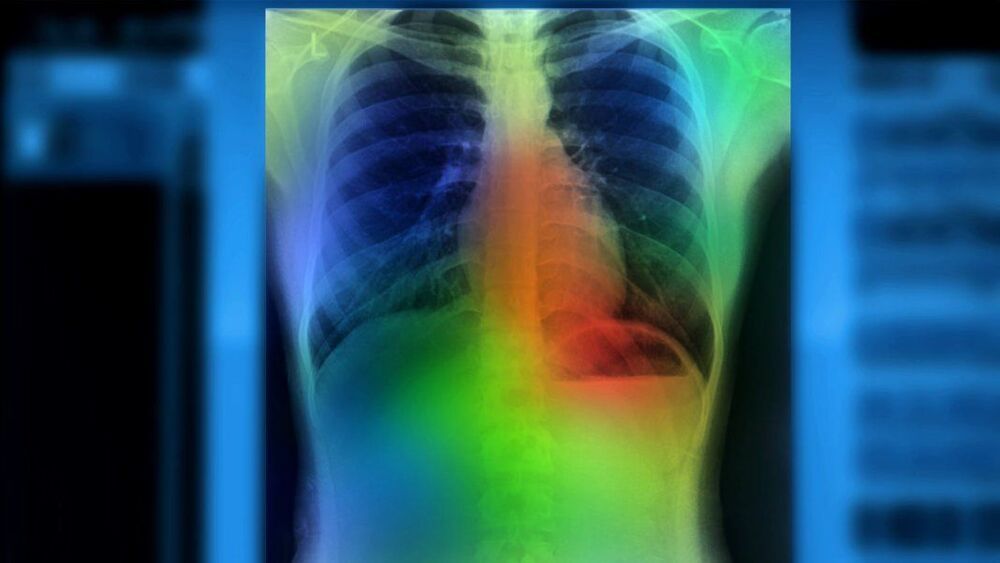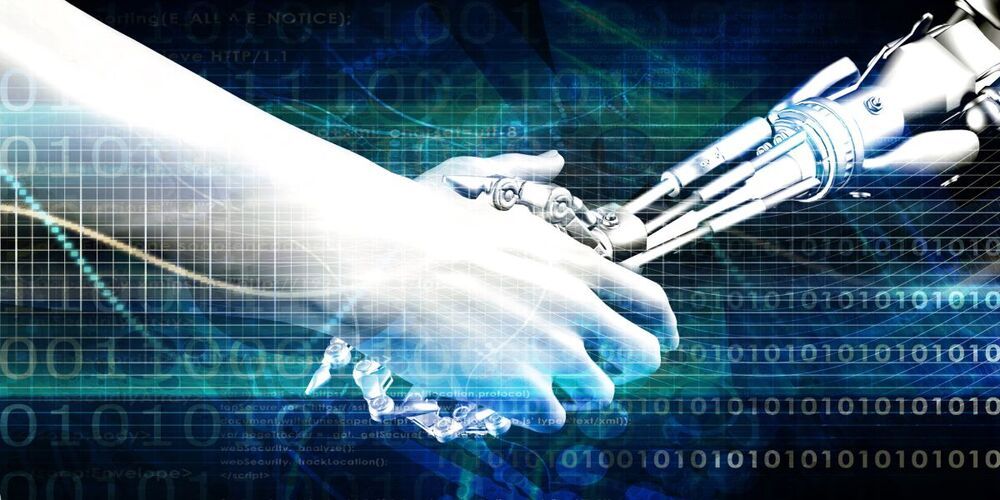Today, we’ll explore the role of AI in the future of healthcare by focusing on two areas: precision and personalized medicine and medical procedures.



Cigarette butts are a common type of litter for marine environments but AI-powered robot litter pickers could be the solution.
It seems many people leave behind more than just sandcastles when they go home after a trip to the beach. Beach litter is a recurring issue, and it is damaging our coastal environments and wildlife.
And there is one small item that is causing a big problem: cigarette butts. They may only be a few centimetres long, but they are full of microplastics and toxic chemicals that harm the marine environment. They don’t easily decompose, and when they come into contact with the water, harmful substances can leach out.
Unfortunately, they are also the most common type of litter, with an estimated 4.5 trillion discarded annually.
CORVALLIS, Ore. – Cassie the robot, invented at Oregon State University and produced by OSU spinout company Agility Robotics, has made history by traversing 5 kilometers, completing the route in just over 53 minutes.
Cassie was developed under the direction of robotics professor Jonathan Hurst with a 16-month, $1 million grant from the Advanced Research Projects Agency of the U.S. Department of Defense.
Since Cassie’s introduction in 2017, OSU students funded by the National Science Foundation have been exploring machine learning options for the robot.


I’ve been suggesting for a long time to drop these Ai’s into open world games.
EDIT: Also see paper and results compilation video!
Today, we published “Open-Ended Learning Leads to Generally Capable Agents,” a preprint detailing our first steps to train an agent capable of playing many different games without needing human interaction data. … The result is an agent with the ability to succeed at a wide spectrum of tasks — from simple object-finding problems to complex games like hide and seek and capture the flag, which were not encountered during training. We find the agent exhibits general, heuristic behaviours such as experimentation, behaviours that are widely applicable to many tasks rather than specialised to an individual task.
The neural network architecture we use provides an attention mechanism over the agent’s internal recurrent state — helping guide the agent’s attention with estimates of subgoals unique to the game the agent is playing.
What i would suggest is landing Atlas robots in waves on the Moon, the first wave builds a solar panel farm for power, the second repairs the first wave, the third joins the first two to begin building large scale runways, the fourth joins the first three to begin building permanent structures.
The Moon is close enough for teleoperations, and in the 2030s, when we actually do Mars, the AI could repeat the whole thing there.
Before they explore Mars, the robots explore Martian-like caves on Earth first.

Although effective uncertainty estimation can be a key consideration in the development of safe and fair artificial intelligence systems, most of today’s large-scale deep learning applications are lacking in this regard.
To accelerate research in this field, a team from DeepMind has proposed epistemic neural networks (ENNs) as an interface for uncertainty modelling in deep learning, and the KL divergence from a target distribution as a precise metric to evaluate ENNs. In the paper Epistemic Neural Networks, the team also introduces a computational testbed based on inference in a neural network Gaussian process, and validates that the proposed ENNs can improve performance in terms of statistical quality and computational cost.
The researchers say all existing approaches to uncertainty modelling in deep learning can be expressed as ENNs, presenting a new perspective on the potential of neural networks as computational tools for approximate posterior inference.

A robot has wowed the audience at a basketball match during the Tokyo 2020 Olympics.
The machine, which goes by the name of CUE, showed off its throwing skills during half-time of the Men’s Preliminary Round Group B game between France and the United States (which France won 83–76).
In development by Japanese company Toyota since May 2018, CUE stands 208 cm (6’ 10) tall and weighs 90 kg (200 lbs). It uses sensors on its torso to calculate the angle and distance to the basket, before using its motorised arms and knees to shoot. The whole process from lifting the ball to making the shot takes less than 15 seconds.
